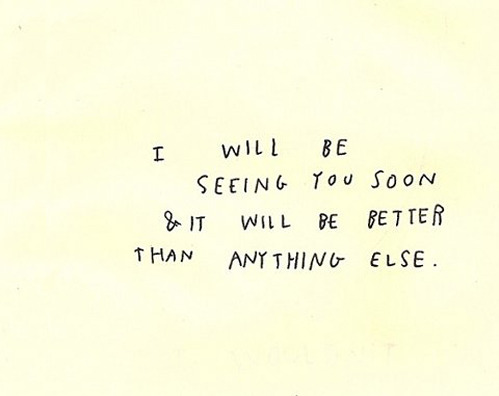Lake Tea
What if we were to dump all the tea in the world into the Great Lakes? How strong, compared to a regular cup of tea, would the lake tea be?
Alex Burman
Weak, bordering on homeopathic.
The standard cup of tea, as described by the International Organization for Standardization in ISO 3103, contains two grams of tea per 100 mL of water.[1]Further ISO standards concerning tea include ISO 3720 (black tea), ISO 11287 (green tea), and ISO 14502-2 (the difference between black tea and green tea). The Great Lakes have a volume of about 22,600 cubic kilometers, which means we would need about 450 billion tons of tea to reach proper strength.
According to the Tea Board of India, one year's global tea harvest totals only about 4.8 million tons,[2]Using figures from this report extrapolated forward to 2014. only 1/100,000th of what we'd require to make Great Lake Tea. If we dumped those 4.8 million tons into the lakes, the resulting tea would be about as strong as if we'd dripped two drops of tea in a bathtub.[3]Technically, calling this kind of tea "homeopathic" is an exaggeration, since substances in homeopathy are diluted way more than this. Proper bathtub tea, of course, requires one 3-kg bag.

For better lake tea, we should find a lake with a volume of 240 million cubic meters (0.24 cubic kilometers).
Wular Lake in Kashmir is one candidate. Its volume varies with the seasons, but during the winter it's just about exactly the right size.[4]Unfortunately, it's shrinking. (For winter volume, see the chart on page 18 of that report.) India is the world's second-largest tea producer, so it's also conveniently located.
Ullswater, in the UK's Lake District, is another great candidate. With a relatively stable year-round volume of about 0.23 cubic kilometers, it would be an excellent site for brewing a global cup of tea.
Of course, while neither Wular Lake or Ullswater has ever been used as a giant teakettle, something like this was—famously—attempted in my own backyard in Boston. In 1773, a group of colonists disguised as American Indians[5]They dressed up as American Indians to align themselves politically with the Americas—against Britain—invoking the popular European stereotype of the free and noble savage.
The Mohawk people, the actual Indians who the protesters were mimicking, mistrusted the settlers encroaching on their land, sided with the British during the subsequent war, and afterward were driven from their homes by the Americans and fled to Canada. boarded three British ships and threw the cargo of tea—around 44 tons of it—into Boston Harbor to protest British-run tax policy.
Boston Harbor has a volume of about 0.44 cubic kilometers, which means that the "tea" brewed in 1773 would have been even more dilute than our Great Lakes tea. The harbor is also somewhat larger[6]The tidal range in Boston is so large (over three meters) that the harbor's volume at high tide is nearly double what it is at low. than Wular Lake or Ullswater, so all the tea in the world would still make Boston Harbor slightly too weak.

There's another problem: Heat. If you wanted to make tea from a lake, such as Ullswater or Wular Lake, you'd have to heat the water up. Is that even possible?
There's clearly enough stored energy in the world to do it. After all, we presumably heat that amount of water for tea every year already; we just do it in small batches around the world.
To heat up Ullswater to 80°C[7]Lots of people have very strong opinions on what this temperature should be. Please direct any corrections on this matter to What-If Tea-Related Complaints Dep't, c/o Her Majesty The Queen, Buckingham Palace, London SW1A 1AA. would take \(6.6 \times 10^{16}\) joules of energy—about 20 days worth of British electricity consumption. which is roughly what would be released if you dropped a water bottle full of antimatter in the lake.

Asking Britain to go without electricity for 20 days just to fill one of their lakes with tea seems like it might be a hard sell. Fortunately, there's an easier solution.
Boiling Lake in Dominica is a volcanic lake about 60 meters across. Its temperature varies, but it's often near boiling at the edges and vigorously boiling in the center. Measuring the depth of the lake is difficult, so it's hard to get an estimate of the total volume.

Frying Pan Lake in New Zealand, on the other hand, is the largest hot lake in the world. It has a volume of about 200,000 m3, and an average temperature of around 50°C—not quite hot enough for tea, but much closer than Ullswater or Wular Lake.
New Zealanders consume about 600 grams of tea per person,[8]Kerryn Pollock. 'Tea, coffee and soft drinks', Te Ara - the Encyclopedia of New Zealand, updated 15-Jul-13 for a total of 2,700 tons of tea. If they waited until Frying Pan Lake got particularly hot, then dunked it all in at once ...

... they could brew a year's worth of tea in minutes.

















































 Forest Scent, Pavel Bautin. Russia. 2010 IAPLC Grand Prize Winner
Forest Scent, Pavel Bautin. Russia. 2010 IAPLC Grand Prize Winner
































